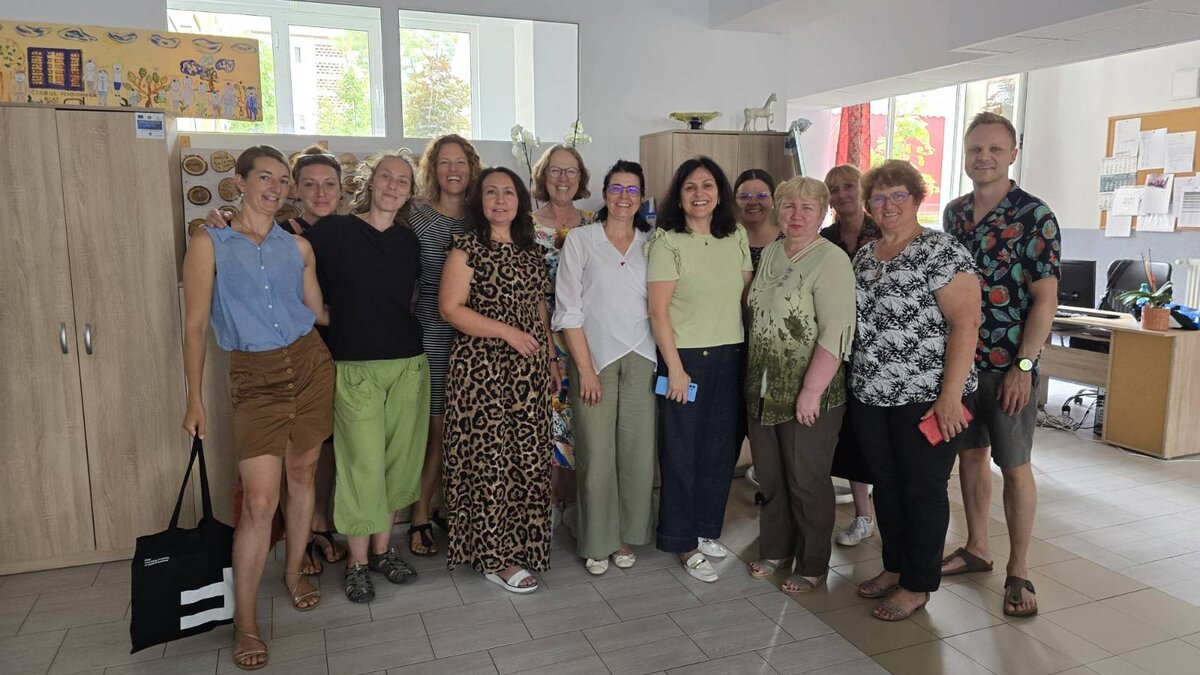Project E-Mob Stakeholder Meeting with regional stakeholder
28.06.2022There was a guided exchange on the topic of bidirectional charging (V2X Vehicle to X)) of e-cars on three specific questions and topics: 1) technical status quo - what is currently/short-term possible? 2) socio-economic expectations - how soon and to what extent can it be expected? 3) opportunities and barriers - what barriers and opportunities can we identify?
Both, the DSO and VLOTTE have registered increasing requests from citizens for bidirectional charging (V2X, including vehicle-to-grid V2G, vehicle-to-home V2H, and vehicle-to-business V2B). In particular, the inquiries are related to home charging - V2H, which also shows that there is high customer interest in this application.
Currently, V2H functionality is being actively marketed, but cannot be activated due to a lack of technical requirements. Therefore, when customers inquire, the stakeholders refer to field tests where the technical requirements for using V2G and V2H via a specific wallbox - Kostal DC Wallbox - are created. The required technology will soon be available on the market, but relatively high prices are expected and standardization (approval by the grid operator) will still take some time.
Recent European and Austrian developments to define standards for the integration of e-vehicles into the power grid relate in particular to the requirements for the converters. Problematically, distribution system operators require different, locally varying settings for the feed-in, which means that the requirements are becoming more and more extensive, while at the same time they have to be provided by manufacturers in a standardized way.
Stakeholders also point out that national use cases such as balancing markets or real time pricing markets are not the right incentive to drive load management. The negative impact of vehicles responding to these markets will be even higher for vehicle-to-grid (V2G) than for pure load shift applications, according to recent analyses.
All participants agree on the enormous market potential of V2X, as it enables the development and commercialization of new technologies and services. How long it will take to reach high market penetration - there is no consensus: estimates range from 2024 to 2030.


